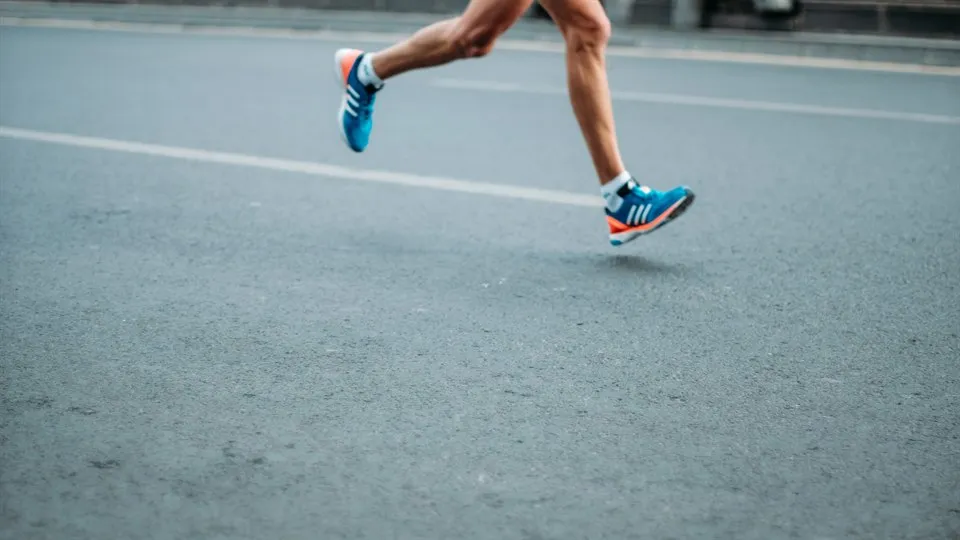Scientific article puts the finger on running‑related overuse injuries
A recently published scientific article analyses previous research findings linked to overuse injuries during running training. The article contributes to increased knowledge to counteract common ailments among runners.
"What is unique about our study is that we have conducted a basic literature study where we identified previous research focusing on running and specific running-related injuries, something like this has not been done before," says Markus Kurz. PhD student at the Sports Tech Research Centre.
Markus Kurz is one of the co-authors of the research article published earlier this year in the scientific journal Sports Medicine, which bridges the gap between science and practical application with a focus on the promotion of exercise and health as well as scientific assessment, investigation and understanding of sports performance.
Together with researchers from Germany, the United States and Australia, he has examined published research articles that concern biomechanical risk factors in distance running – the risks of injury that are most likely as a result of the forces and movements that a runner is exposed to through their running.
Using detailed search strings that combine both running and eight different types of injuries that are common in long-distance runners, the researchers have identified relevant research articles in scientific databases that they then evaluated.
"We have chosen to focus on the scientific articles that have shown repeated risk factors for each type of injury. Based on our selection, we have then been able to compile an overview of the research situation," says Markus Kurz.
Overuse injuries in long-distance running are a widespread problem and the researchers want to create a better understanding of the biomechanical risk factors in order to find ways to counteract them.
"In addition to the scientific articles, we have looked at Strava data, where runners share their running statistics, which are generated using GPS. We have seen a large increase in the number of users there over the past year, which underlines that many people are interested in running," says Markus Kurz.
The increased interest contributes to the need to find solutions to the damage situations that may arise.
"Physiotherapists and researchers can use our article to create specific training and rehabilitation programs for individual runners who have suffered injuries, or to prevent injuries altogether. It would also be interesting if product developers of running shoes take our study of biomechanical risk factors into account when they further develop the running shoes of the future. Since shoe design is one of the most obvious ways to influence the foot's biomechanics when running, it is an important tool for adapting the movement patterns of the feet, says Markus Kurz.
The authors of the article hope that their study can contribute to the continued work of identifying the biomechanical risk factors that runners are exposed to.
"Based on our basic results, we look forward to more research in the area that can lead to an improvement in the individual's conditions to stay injury-free," concludes Markus Kurz.
